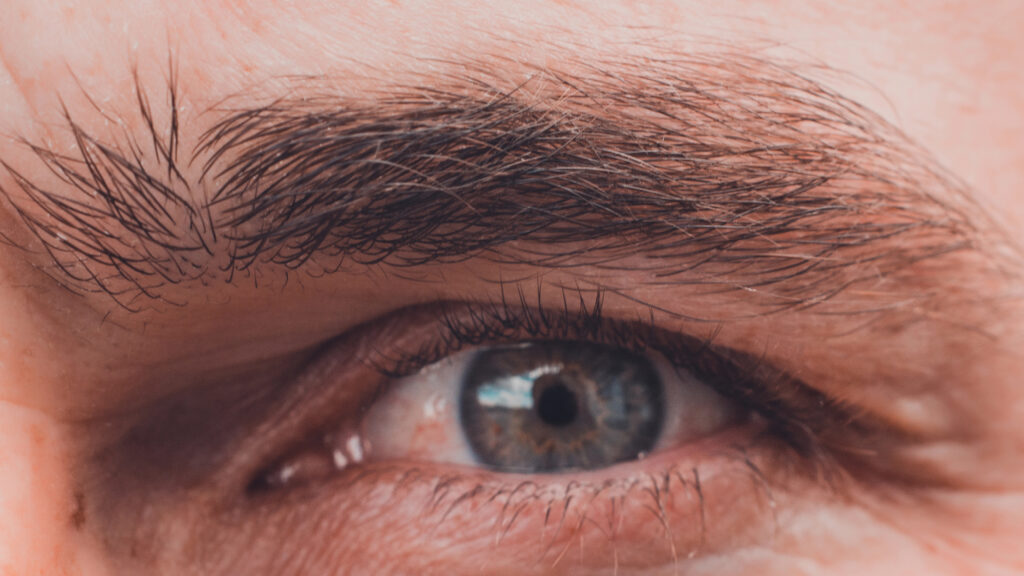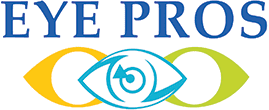5 Eye Conditions to Watch Out for After 40

Turning 40 is a milestone, and along with it come some natural changes in our vision. While most people may only notice small shifts at first, certain eye conditions become more common after 40, potentially impacting everyday activities and overall quality of life. Keeping up with regular eye exams and knowing what to watch for can make a big difference in catching these issues early and managing them effectively. An eye doctor can provide tailored advice to help protect your vision as you age. Early detection and proper care are essential to maintaining healthy vision and independence. In this article, we’ll explore five common eye conditions to look out for after 40, from presbyopia to dry eye syndrome, along with tips on how to manage them and keep your eyes in top shape. Presbyopia: The Need for Reading Glasses One of the first signs of aging eyes is presbyopia, a condition where the eye gradually loses the ability to focus on close objects. This happens as the lens inside the eye becomes less flexible, making it harder to switch focus between near and distant objects. Typically starting in the early 40s, presbyopia often results in the need for reading glasses or multifocal lenses. Signs of presbyopia include: Holding Reading Material at Arm’s Length: A common habit people develop to see text more clearly. Difficulty Reading Small Prints: Small text on phones, menus, or books may become challenging to read. Eye Strain and Headaches: Frequent squinting or struggling to focus can lead to discomfort. While presbyopia is a natural part of aging, an eye doctor can recommend the best solution, such as reading glasses, contact lenses, or multifocals, tailored to your lifestyle. Regular eye exams can also help ensure your prescription is up-to-date and assess any changes in your vision. Cataracts: Clouding of the Lens Cataracts are another common age-related eye condition that typically appears after 40, though they become more prevalent in later years. A cataract occurs when the lens of the eye becomes cloudy, resulting in blurred or dim vision. This clouding happens gradually and can eventually interfere with daily activities like reading, driving, and recognizing faces. Signs of cataracts include: Blurry or Cloudy Vision: Objects may appear hazy or out of focus, even with glasses. Sensitivity to Light and Glare: Bright lights or sunlight may cause discomfort or halos around objects. Difficulty Seeing at Night: Low-light conditions, such as driving at night, may become more challenging. Fortunately, cataract surgery is a safe and effective solution for restoring clear vision, and it’s one of the most common procedures performed worldwide. If you notice any symptoms of cataracts, an eye doctor can assess your vision and discuss options for managing or removing cataracts when needed. Regular eye exams are key to monitoring cataract development and ensuring they don’t interfere with your quality of life. Glaucoma: The Silent Threat to Vision Known as the “silent thief of sight,” glaucoma is a group of eye diseases that damage the optic nerve, often due to increased pressure in the eye. Since glaucoma usually progresses without noticeable symptoms in its early stages, many people may not realize they have it until vision loss occurs. This makes regular eye exams crucial, especially for those over 40, as early detection can help slow or prevent vision loss. Signs of glaucoma include: Gradual Loss of Peripheral Vision: Often, side vision is affected first, making it harder to notice. Halos Around Lights: Bright lights may appear to have rings or halos, especially at night. Eye Pain or Redness: In some cases, particularly with angle-closure glaucoma, pain or eye redness may be present. An eye doctor can measure eye pressure and examine the optic nerve to detect early signs of glaucoma. If glaucoma is detected, there are various treatment options available, including medications, laser therapy, and surgery. Early diagnosis and treatment are essential, as vision lost to glaucoma cannot be restored, making prevention and regular monitoring vital. Age-Related Macular Degeneration (AMD): Central Vision Loss Age-related macular degeneration (AMD) is a common eye condition that affects the macula, the central part of the retina responsible for sharp, detailed vision. AMD is one of the leading causes of vision loss in people over 40, particularly impacting activities that rely on central vision, such as reading, driving, and recognizing faces. There are two types of AMD: dry (more common) and wet (less common but more severe). Signs of AMD include: Blurred or Distorted Central Vision: Straight lines may appear wavy, and objects may look blurry. Difficulty Recognizing Faces: The center of your field of vision may be affected, making it challenging to see faces clearly. Dark or Empty Spots: A dark or blank area may appear in the center of your vision. While there is no cure for AMD, early detection through regular visits to an eye doctor can slow its progression, particularly in the case of wet AMD, which may be treated with injections, laser therapy, or lifestyle adjustments. For those with dry AMD, dietary changes and vision aids can help manage symptoms and maintain quality of life. Dry Eye Syndrome: Discomfort and Irritation Dry eye syndrome is a common condition that often becomes more prevalent after 40, especially as natural tear production decreases with age. Hormonal changes, certain medications, and prolonged screen time can contribute to dry eyes, leading to discomfort and irritation that can interfere with daily activities. Signs of dry eye syndrome include: Stinging or Burning Sensation: A frequent feeling of dryness or burning in the eyes. Redness and Irritation: The eyes may appear red, particularly after reading or using digital devices. Sensitivity to Light: Bright lights may feel harsh and uncomfortable. Blurred Vision: Vision may temporarily blur, especially after focusing for long periods. Managing dry eye syndrome often involves lifestyle adjustments, such as reducing screen time and using a humidifier, as well as treatments like artificial tears or prescription eye drops. An eye doctor can help identify the underlying cause and recommend the best treatment options
